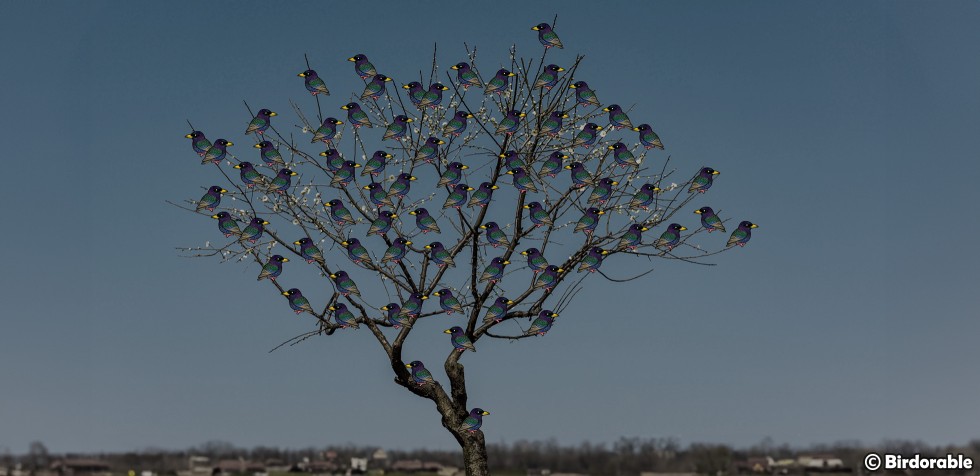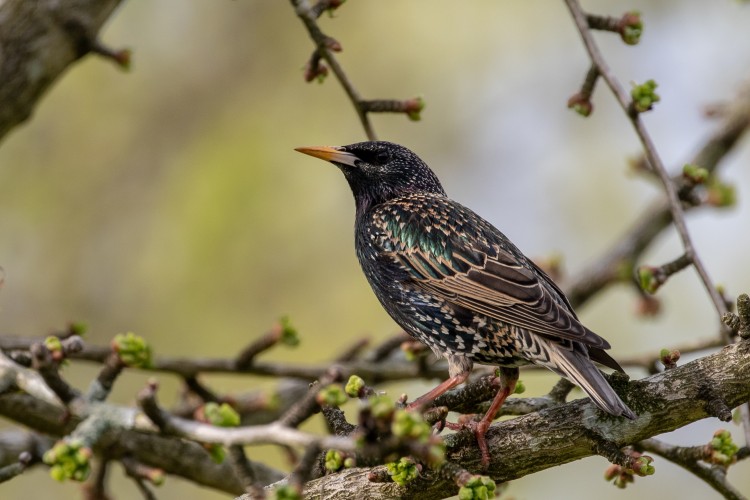Understanding Starlings: Intelligence, Mimicry and Ecological Impact

The European Starling, is a marvel of adaptation and survival. These birds are not just survivors; they are conquerors, thriving in a variety of habitats and often outcompeting native species for resources. Their introduction to new environments, while controversial, highlights their resilience and versatility. This adaptability, however, comes with its challenges, particularly in regions where their presence has upset the ecological balance.
One of the most mesmerizing phenomena associated with starlings is their flocking behavior, known as murmurations. These breathtaking aerial displays occur when hundreds, sometimes thousands, of starlings fly in swooping, intricately coordinated patterns in the sky. The reason behind these formations is multifaceted, involving defense against predators, warmth during cold evenings, and social gatherings. Watching a murmuration is an unforgettable experience, offering a glimpse into the complexity of avian social structures and the beauty of collective movement.
Beyond their impressive flocking behavior, starlings have a notable impact on agriculture and urban areas. While they can be beneficial by controlling insect populations, their large numbers also lead to significant crop damage and noise in populated areas. Their role in ecosystems is thus dual-faced, balancing between being helpful and problematic, a testament to their complex relationship with their surroundings.
Starlings' mimicry skills are another fascinating aspect of their behavior. These birds can imitate a variety of sounds, from the songs of other bird species to human-made noises, such as car alarms and cellphone ringtones. This ability is not just for show; it plays a crucial role in their social interactions and mating rituals. Males with a broader repertoire of sounds are often more successful in attracting mates, indicating that mimicry is an essential part of their survival strategy.
Despite their widespread presence and sometimes controversial impact on native wildlife and human activities, starlings remain a symbol of adaptability and intelligence in the avian world.

European Starling by Shawn Taylor (CC BY 2.0 DEED)













Comments
Leave a comment
Thank you!